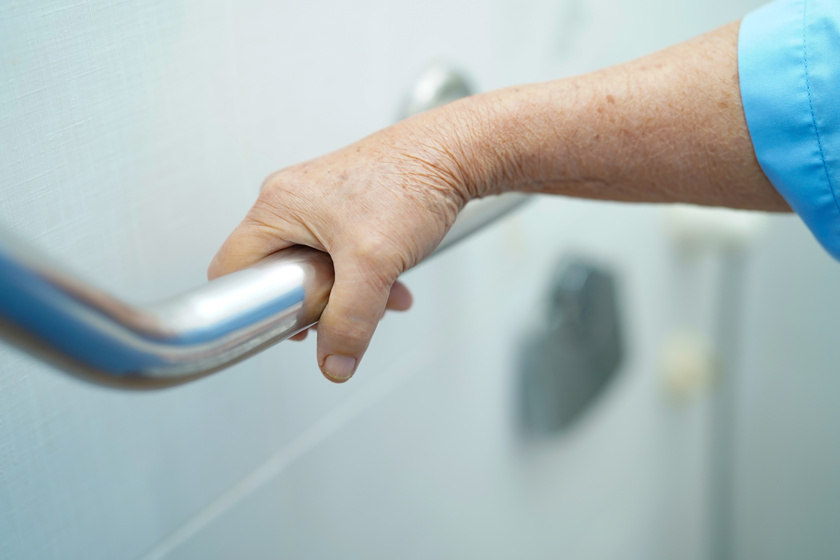There is no place like home, and there may even be nowhere safer. But among seniors, falls account for most injuries, which frequently happen at home. The risk of damage can be increased by aging-related changes, such as deteriorating bone density, eyesight, hearing, touch, or smell. Seniors may also have more significant injuries since their bodies take longer to recuperate from injuries as they age.
You could believe that nothing can be done to avoid mishaps since “accidents simply happen.” Not so. Adopting a few easy precautions may significantly lower your risk of becoming hurt at home. It’s essential to understand the potential hazards for a senior. This allows you to put in place measures to reduce the risk of accidents and incidents such as falls. This knowledge also helps identify an apartment most suitable for them, such as when moving into a community living neighborhood. You or your loved one will be able to tell which floor plan would be safest for them and the features they would like in an apartment to improve its overall safety. This then makes looking for such an apartment easier.
To keep an older adult safe, some of the common tips you need to account for include:
Easy Access To Help When In Need Of Emergency Services
Keep a list of emergency phone numbers for each phone in the home or apartment. This way, they won’t have to memorize any numbers. After an accident, it’s natural to go into a panic. This is a means of preserving one’s life but can also cause complications such as clouded memory and judgment. By having emergency numbers on hand, they won’t need to spend much time thinking about which number to call. Ensure the numbers are easy to read and functional. When living in a senior living community, one of the most critical emergency numbers would be the team member responsible for providing emergency care to guests or transporting them to secondary health facilities for specialized emergency care.
Some homes can also be installed with panic buttons in strategic areas such as the bathroom door, bedroom, living room, and kitchen. They should be installed in a visible location and brightly lit so that they can be easily seen, even by someone who has lost part of their vision. The button could activate one or more systems, such as setting off an alarm in a community living emergency response team office while simultaneously sending an automated message to the individual’s loved ones. In case of falls or cardiovascular events, they should be easy to reach even if one cannot stand up.
Fall Mitigation
A subset of seniors are prone to falls. These include those who have balance problems, those who have suffered a stroke in the recent past, or who are generally weak. Their homes should be designed to limit falls and reduce fall impact if it happens. Having vast halls with areas where they can hold when walking is essential. Try to avoid having them go up and down stairs. The bathroom should have a seating design, so they don’t have to stand when showering. It should also have a bathroom mat that provides maximum friction even when slippery.







